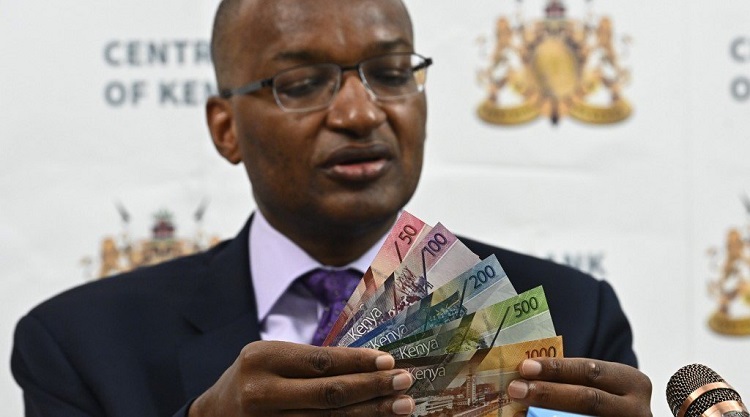The Central Bank of Kenya (CBK) has published a discussion paper on Central Bank Digital Currency (CBDC) inviting comments from the public aimed at ensuring an informed policy review regarding financial sector innovations.
The Discussion Paper outlines the evolution of payments globally and in Kenya and discusses recent digital payment methods including electronic money, CBDC, stablecoins and other cryptocurrencies.
In addition, it outlines Kenya’s payment landscape and assesses the potential applicability of CBDC. Further, it highlights the potential opportunities and risks presented by CBDC.
“Kenya’s assessment of CBDCs must be focused on potential opportunities and risks. Fundamentally, given the wide-ranging implications of CBDC to the wider economy, any eventual decision to introduce a CBDC would involve the government, regulatory authorities, private sector and engagement with society more generally. CBK, therefore, welcomes comments on this discussion paper,” the regulator justifies why the public’s input is critical.
What is a Central Bank Digital Currency
A digital currency issued by the central bank and intended to serve as legal tender. It is the same as a fiat currency and is exchangeable one-to-one with the fiat currency, only that it is in electronic form. As opposed to the other forms of electronic money issued by central banks, that is central bank reserves, CBDC designed for retail payments would be universally available.
New Africa Payment System to Save $5 Bn, Boosting Intra-Africa Trade
Currently, National Payment Systems in Kenya are classified into two categories; Large Value (Wholesale) and Low Value (Retail) Payment Systems.
Introducing CBDC in Kenya according to the regulator would ‘not majorly focus on enhancing access to financial services given the existing and growing penetration of mobile money’.
“The consideration could however target cost reduction, interoperability and enhancing cross-border payments. Looking to the horizon, it will be critical to connect our payment systems across the region and globally. Existing proposals indicate that CBDC might hold the potential to achieve this interoperability,” part of the paper says.
“As is with mobile money, the focus of the assessment of CBDC innovation must be on functionality and the problem it resolves for the people rather than the underlying technology.
Whilst CBDC offers opportunities to reduce costs associated with digital payments, it also comes with risks particularly related to cybersecurity and unknowns on how it would impact central banks’ core functions of monetary policy, financial stability and payment systems oversight.
Further, in the case of Kenya where electronic money has taken root, the proposed value solution offered by CBDC seems to be already met.”
“Any eventual decision to introduce a CBDC would involve the government, regulatory authorities, private sector and engagement with society more generally,” the CBK said.
The CBK says the response from the public may be submitted not later than May 20, 2022.
Kenya Needs to Grasp the Cryptocurrency Nettle: How a Digital Currency Could Help
Khusoko is now on Telegram. Click here to join our channel and stay updated with the latest East African business news and updates.





1 Comment
Pingback: Mastercard Expands Consulting Services to Cover Crypto, Open Banking